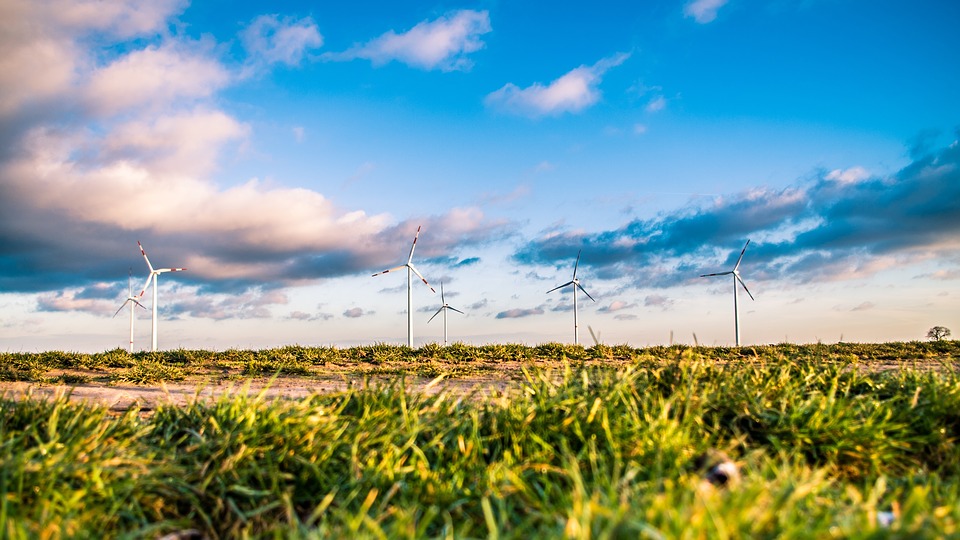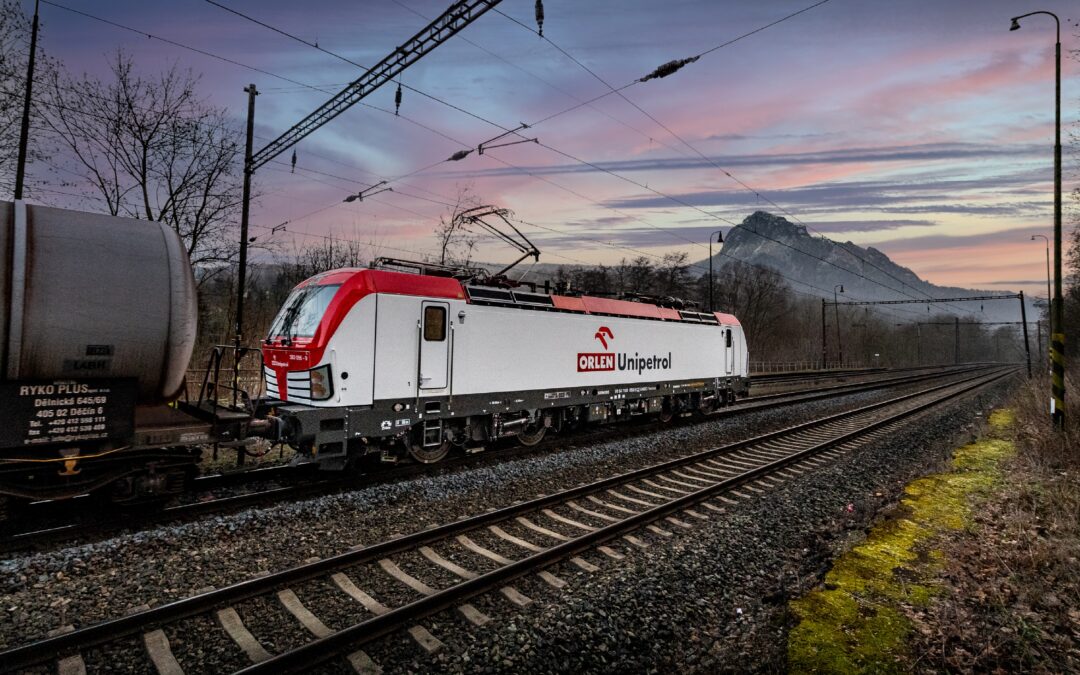By Karolina Baca-Pogorzelska (tekst dostępny również w języku polskim)
As Poland quietly moves away from its reliance on coal, private companies are recognising the value of green-energy investments in the country.
The rise of renewables
In the past six years, 8.6 GW of renewable energy capacity has been created in Poland, according to the latest report by the WiseEuropa think tank. For comparison, the entire capacity currently installed in Poland is more than 44 GW.
The largest amount of money for low-emission investments in that period, some 62% of the 48 billion zloty total, was spent on building onshore wind farms. This is despite the fact that the current government essentially blocked their construction in 2016 by amending laws. More recently it has been gradually unblocking them.
A further 28% of funds went to the development of solar power – which now has almost 2 GW of capacity in Poland. This demonstrates the increased performance of a source of energy that had previously been marginalised in the country. Part of the growth of this form of power is due to prosumers (people who both produce and consume energy) using panels on homes, for example, subsidised from state funds within the “My Electricity” programme.
But the biggest role in increasing the proportion of renewables in the Polish energy balance has been played by private energy companies and prosumer firms, which together built 81% of all renewable power installed in 2013-2019. The contribution of the public sector and state-owned energy concerns to building renewable energy sources in these years was under 15%.
Private funding is key in Poland
“The data we collected clearly shows that the regulatory environment had the greatest impact on the development of renewable energy sources in Poland,” notes Maciej Bukowski, president of WiseEuropa and co-author of the report. Since public funding played only a limited role, he says, decision makers should abandon the belief that the success of energy transformation depends on direct budget subsidies and EU funds.
“It is much more important to provide conditions conducive to mobilising private funds and guaranteeing stable operating conditions to investors,” says Bukowski.
With investments in renewable resources has come a reduced contribution of coal to electrical energy production – although, in the light of accelerated climate change, the decrease could and perhaps should be faster. Just a few years ago, 80% of Poland’s electrical energy came from hard coal and lignite. The figure now is just over 70%. Industrial Development Agency and Ministry of State Assets data show that in 2019 electricity production in installations fired by hard coal fell almost 5.1% in comparison to 2018. In lignite-fired ones the fall amounted to some 15.43%.
Even larger drops are anticipated for 2020 – partly because of the coronavirus pandemic, which has resulted in a reduced need for electrical energy. And since for some time renewables have had priority entry to the Polish system, it is coal power that is losing out. Nonetheless, Poland’s climate goal for the end of 2020 – renewable resources accounting for 15% of gross energy consumption in nationwide electricity production – still looks beyond reach (unlike the percentage of installed capacity).
Reducing EU emissions
According to the Paris Agreement, the global climate accord, achieving net zero emissions by 2050 is essential, and by 2030 they must be cut by at least half. The current European Union target by that date is 40%. A new objective is expected to be ratified by the European Parliament in October, and it will ultimately be adopted by December this year. Before that, the issue will have a high position on the agenda of the German presidency of the Council of the European Union which began on 1 July. A meeting of EU environment ministers is planned for 13-14 July.
Last month, a day before the meeting of environment ministers on emerging from the post-coronavirus recession, the Climact think tank published a report analysing the question of an increase in the EU target for reduction of emissions by 2030 to 55% or 65% (compared with 1990 levels and excluding land use, land-use change, and forestry as well as international bunkers). According to the three scenarios presented in the analysis, these goals are within the EU’s reach.
Greenhouse gas emissions could be cut by 55% by 2030 through rapid implementation of known technologies without introducing significant changes in most areas of our current lifestyles. Alternatively, greater lifestyle changes (for example by popularising healthier nutrition and limiting unnecessary travel) could contribute to reaching the same goal, without the need for such drastic implementation of technologies.
For emissions to be limited by 65%, fast changes to both implementation of technologies and lifestyle would be needed. Reducing emissions by 2030 could be achieved with varying degrees of efforts in various sectors, adapting carbon capture and storage (CCS) technologies in industry and changes to the ways energy is produced. The problem is that we will not see the benefits of genuine large-scale CCS until 2024 in Norway. The cost there is around 7 billion Norwegian krone, almost 3 billion zloty.
Transformation needed in every sector
A discussion at European Council level is due to take place in October. In response to the expectations of countries including Poland, in September the European Commission plans to publish an impact assessment analysing the costs and conditions of raising the emissions reduction target. In the same month, the European Parliament’s environment committee (ENVI) is to vote on a higher reduction objective for 2030 as part of its work on climate law.
According to the Climact report, for reduction of (net) emissions to zero by 2050 to be cost-efficient, no sector can be overlooked. While planning policies, the close ties between sectors should be borne in mind. For example, in energy production, solar energy use will have to be doubled, or even trebled. And it will be necessary to reduce not only use of coal (which ought to be obvious), but also gas. This means minimising gas investments, which in Poland are in fact burgeoning. As for transport, electromobility ought to be developed faster, to account for 60-90% of the market. At present in Poland, it makes up less than 0.5%.
Regarding construction, the current number of renovations will need to be trebled. Heat production in them must also be decarbonised. Currently in Poland, in houses not connected to heat networks (heat is also produced mainly from coal), depending on the harshness of the winter, 11-12 million tonnes of coal are used annually. And in industry, to achieve emissions reduction in keeping with the scenarios, expenditure on investment, research and development must increase by 2030.
“The Climact report shows what fast and deep changes will have to be implemented on the side of both production technologies and models of energy consumption, transport services, and industrial and food products,” concludes Aleksander Śniegocki, head of the energy, climate and environment programme at WiseEuropa.
Śniegocki explains that even if a less ambitious emissions reduction target for 2030 is adopted, this will only give a few years more to implement changes. This means that now is the time for both the public sector and private companies and households to begin preparing to accelerate transformation towards climate neutrality in the coming years.
“In a few years, making only small improvements to the technologies or business models used previously could prove to be a costly error. It is worth remembering this when planning the reconstruction of the Polish economy after the crisis caused by COVID-19,” Śniegocki points out.
“The report shows that changes to transport, buildings, industry, the energy sector, and agriculture and forestry translate not only to reduction in emissions, but also economic, health and environmental issues,” adds Marcin Popkiewicz, analyst and editor of the “Nauka o klimacie” website. “To sum up: such changes are necessary, possible, and worth making.”
Translated by Ben Koschalka
Main image credit: Pixabay





















